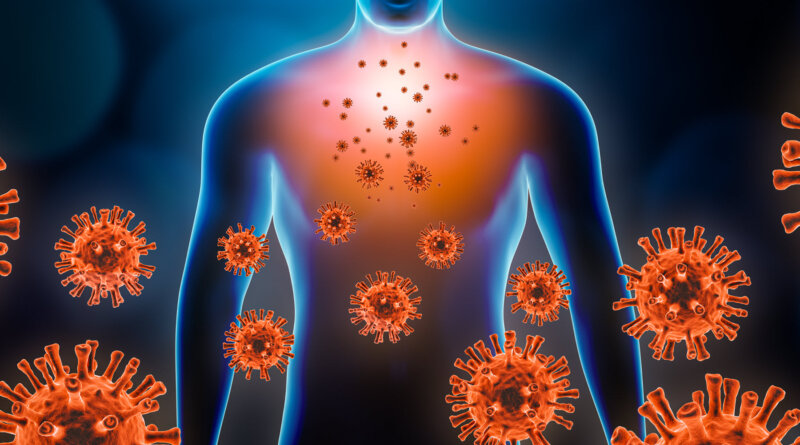COVID Lockdowns’ Boost to Air Quality Limited
WEDNESDAY, Jan. 13, 2021 (HealthDay News) — Two types of air pollution declined in cities around the world during initial COVID-19 lockdowns, but one type increased, a new study finds.
Researchers assessed changes in levels of nitrogen dioxide, ozone and fine particulate (PM2.5) air pollution during lockdowns in 11 cities: Beijing and Wuhan in China; Milan; Rome; Madrid; London; Paris; Berlin; New York; Los Angeles; and Delhi, India.
After accounting for weather effects, the researchers found that reductions in nitrogen dioxide were smaller than anticipated, while ozone concentrations rose.
Nitrogen dioxide is a major air pollutant from vehicle emissions, and is associated with respiratory problems. Ozone is also harmful to health and damages crops, the study authors noted.
In addition, the researchers found that PM2.5 concentrations dropped during lockdowns in all cities but London and Paris. PM2.5 can worsen health problems such as asthma and heart disease.
The findings were published Jan. 13 in the journal Science Advances.
Lead author Zongbo Shi, a professor of atmospheric biogeochemistry at the University of Birmingham in the United Kingdom, said the rapid reduction in economic activity provided a unique opportunity to study the impact of interventions on air quality.
“Emission changes associated with the early lockdown restrictions led to abrupt changes in air pollutant levels but their impacts on air quality were more complex than we thought, and smaller than we expected,” he said in a university news release.
Shi noted that weather changes can mask changes in emissions on air quality.
“Importantly, our study has provided a new framework for assessing air pollution interventions, by separating the effects of weather and season from the effects of emission changes,” he explained.
Study co-author Roy Harrison, a professor of environmental health, said that “the reduction in [nitrogen dioxide] will be beneficial for public health — restrictions on activities, particularly traffic, brought an immediate decline in [nitrogen dioxide] in all cities.”
Harrison noted that if similar restrictions had remained in place, annual average nitrogen dioxide levels in most locations studied would have complied with World Health Organization air quality guidelines.
More information
The World Health Organization has more on air pollution and health.
SOURCE: University of Birmingham, news release, Jan. 13, 2021




